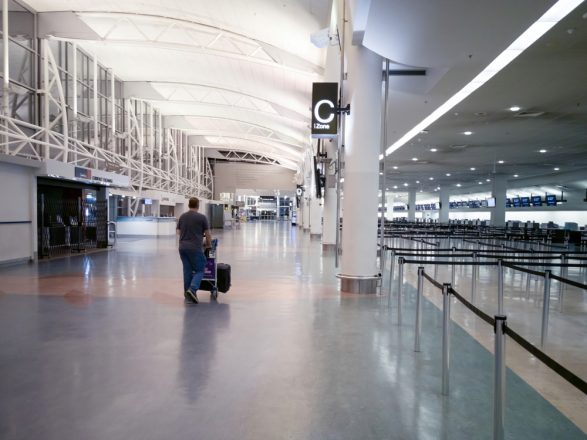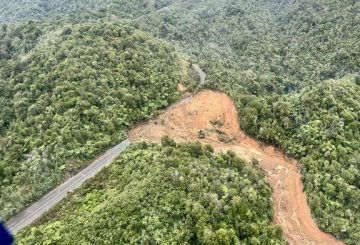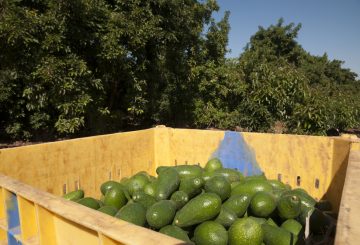Samoa, Tonga, Vanuatu로 오갈 때 1단계 검역을 10월에 시작할 예정이라고 COVID-19 대응부 장관 Chris Hipkins와 농림부 장관 Damien O’Connor가 오늘 발표했다.
“우리는 다가오는 수확기에 맞춰 RSE* 근로자들을 위해 안전한 검역 없는 여행을 추진한다는 확신을 원예 산업에 제공하기를 원합니다,”라고 O’Connor 장관은 말했다.
“사모아, 통가, 바누아투는 아직 COVID-19 감염 사례가 없지만, 우리는 델타 변이가 얼마나 빨리 퍼질 수 있는지 잘 알고 있다. 따라서 태평양 일대 지역과의 무방역 여행을 개방하기 위해 신중하게 접근하고자 한다. 위험을 최소화하기 위해 이러한 노동자들을 위한 추가 건강 대책을 마련하고 있다. 여행 전 최소 1회 백신 접종, 도착 시 자가 격리 기간 완료 및 도착 당일 및 5일차 COVID-19 검사 결과 제출 요건이 포함된다”고 Hipkins 장관은 말했다.
“여러 가지 이유로 우선 RSE 노동자들과만 함께 시작하려고 한다. RSE 근로자는 해당 그룹으로 고용주가 정한 숙박시설에 머무르게 될 것이다. 뉴질랜드 도착 즉시 사전에 지정된 장소에서 자체 격리되도록 함으로써 추가 위험을 완화하는 데 도움이 된다”고 밝혔다.
O’Connor 장관에 따르면 이러한 정책으로 말미암아 뉴질랜드, 태평양 협력국, 노동자, 그리고 그들의 가족과 지역사회를 위한 RSE 제도의 즁요한 이점을 관철할 수 있다고 말했다.
매년 최대 14,400명의 RSE 근로자가 뉴질랜드로 입국하며, 코로나 이전 수확량이 가장 많을 때는 약 10,500명이 뉴질랜드로 들어왔다.
“뉴질랜드의 원예 및 포도 재배 분야와 협력국 등 모든 측면에서 RSE 노동자들의 입국을 위한 실질적인 계획을 진행시켜 왔으나, 뉴질랜드의 4단계 록다운으로 인해 지난 8-9월에 일부 입항을 연기시켰다. 우리는 검역 없는 편도 입국의 첫 단계를 면밀히 관찰할 예정이다. Samoa, Tonga, Vanuatu, 그리고 Tokelau에서 뉴질랜드로 들어오는 무검역 입국 자격을 넓히는 것이 안전하다고 확신할 수 있을 때까지 계속 주시하려 한다. 한편, 이들 국가에서 뉴질랜드로 입국하는 RSE 외 다른 사람들은 기존의 MIQ 요건을 충족해야 한다. 뉴질랜드와 Samoa, Tonga, Vanuatu 간의 연결을 다시 설정하는 중요한 단계에 있어 그들의 긴밀한 협력에 감사를 표한다. 또한 원예와 포도 재배 분야의 리더들이 이번 결정에 이르기까지 건설적으로 협력해준 것에 대해 감사드린다”고 O’Connor 장관은 말했다.
뉴질랜드 담당자들은 태평양 협력 국가 및 업계와 함께 10월에 정확한 비행 날짜가 확정시키는 등 시행해야 할 최종 조치를 마련하기 위해 노력하고 있다.
(뉴질랜드 정부 보도 자료)
* RSE(Recognised Seasonal Employer, 승인받은 시즌잡 고용주) 뉴질랜드 내 근로자가 부족할 때 원예 및 포도 재배 산업의 계절 작업을 위해 해외에서 근로자를 모집할 수 있도록 허용하는 법)






























































